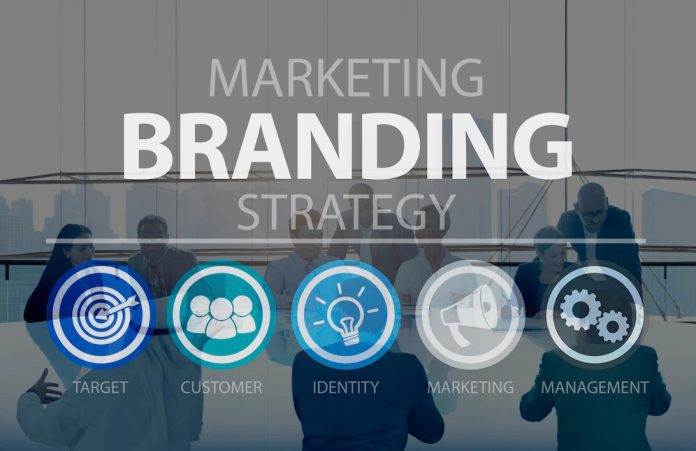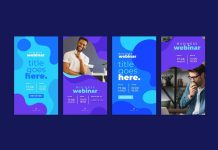1. Machine
Communication: Tinder, Instagram
When:2015
Campaign Overview
A fake Tinder profile was created for SXSW 2015 to gain public attention for the sci-fi thriller “Ex Machina”.The profile features photos of Alicia Vikander, the Swedish actress who played a bot named Ava in the film. This inspirational and misleading stunt drew people into conversation with ‘Ava’, before sending them to an Instagram profile that featured only trailers for the film. One can only imagine their disappointment.
Number
It’s hard to pinpoint exactly how many people fell for this trick, or how much fake Tinder profiles contributed to the film’s ultimate success. In this case, you can really admire the creativity of a great stunt.
Why Does It Work?
Once again, we see the importance of a strong link between the brand content of the campaigns and the goals of the campaign.
This campaign seems like a logical extension of Ava’s character in the movie, which is probably why people are willing to forgive what could be seen as a cruel joke. It’s also in the perfect location – SXSW is frequented by a large audience of tech-savvy men in their twenties.
2. Delicious From BuzzFeed
Communication: Facebook
When:2016
Campaign Overview
Videos which are usually under 2 minutes long, provide trending recipes to a highly engaged audience.
Number
Nearly 15 months after launch, Tasty was able to release 2,000 recipe videos, giving the brand a steady stream of new content.
Videos reach about 500 million users per month.
100 million fans on Facebook. As of September 2016, Tasty has generated over 1.8 billion views of its videos. BuzzFeed currently has a team of 75 dedicated to producing content for Tasty.
Why Does It Work?
For starters, there’s content. People love good food and foods that remind them of their childhood, comfort foods, or foods that remind them of an experience. But more importantly, Tasty and Proper Tasty have exploded on Facebook for content tailored to the platform. Video is optimized for Facebook’s autoplay feature, start playing video without sound. For example, you don’t need audio to watch a 45-second tutorial on how to make cheese pizza biscuits.
In 24 hours, this video garnered 37 million views, 650,000 likes, and 750,000 shares.
3. #KnowYourLemons of Breast Cancer Worldwide
Communication: Facebook
When:2017
Campaign Overview
The Global Breast Cancer charity launched an innovative and highly shareable campaign in 2017. Labeled #KnowYourLemons, the campaign is designed to raise awareness about the different signs of breast cancer and remind women that a lump isn’t the only symptom.
Using lemons to represent 12 different signs, the image cleverly circumvents the rules of nipple-based censorship and aims to help women overcome their fear of checking their breasts. Although a lump in the breast is the most common sign of breast cancer, some symptoms can be seen instead of felt. Either way, a…
Number
The campaigns images reached 7.3 million people through just three Facebook brand posts.
It’s impossible to know how many women have seen their doctor based on this campaign, but it’s reasonable to assume it has a positive effect.
Why Does It Work?
It managed to strike a delicate balance between playfulness and seriousness while addressing an important issue. Brand campaigns like this serve as an important facilitator of that discussion. It can be difficult for people to talk openly about these things, but the will is there.
4. General Electric’s Second Science Fair
Communication: Grapes, Tumblr
When: 2013
Campaign Overview
General Electric launched the #6SecondScienceFair campaign on Vine and Tumblr in 2013. As part of the campaign, they innovate science experiments at texting homes, with the aim of encouraging engagement, sparking interest in science, and cementing GE’s position as an innovation engine.
Number
The vine linked above has been renewed over 105,000 times.
The campaign on Vine has attracted over 100 million Loops.
Why does it work? Even though this campaign is several years old, it’s a great example of how user-generated content works.
The Rules Were Clear:
Posts must contain a science experiment and they must be 6 seconds or less long.
Also, people are free to let their imaginations run wild. This sense of guided creativity was a key factor in the campaign’s success.
5. MeetTheBakers by Ted Baker
Communication: Instagram
When: 2017
Campaign Overview
Ted Baker, the British fashion brand, has long been associated with great storytelling on social media campaigns. Their content ambitions continue to grow after last year’s Mission Impeccable movie. Their latest campaign revolves around a fake soap opera called “Keeping up with the Bakers,” partnering with Nexus to create a digital storefront that connects the real world with their social business. surname.
Instagram Stories was used in an episodic format to share “comedy” updates with new content posted daily for eight days.
It’s much more engaging than just breaking content and products behind the scenes as other brands have done. Perhaps more interestingly, a purchasable 360 movie was also created to give shoppers the freedom to explore before making a purchase in the real world.
Number
This campaign has just been launched, so it is too early to give specific numbers. However, Ted Baker received positive press.
Why Does It Work?
Ted Baker has taken the timeless and universal appeal of storytelling and applied it to a relatively new medium. The campaign also doesn’t seem too overt with its commercial message, which will most likely lead to much higher spring sales.













